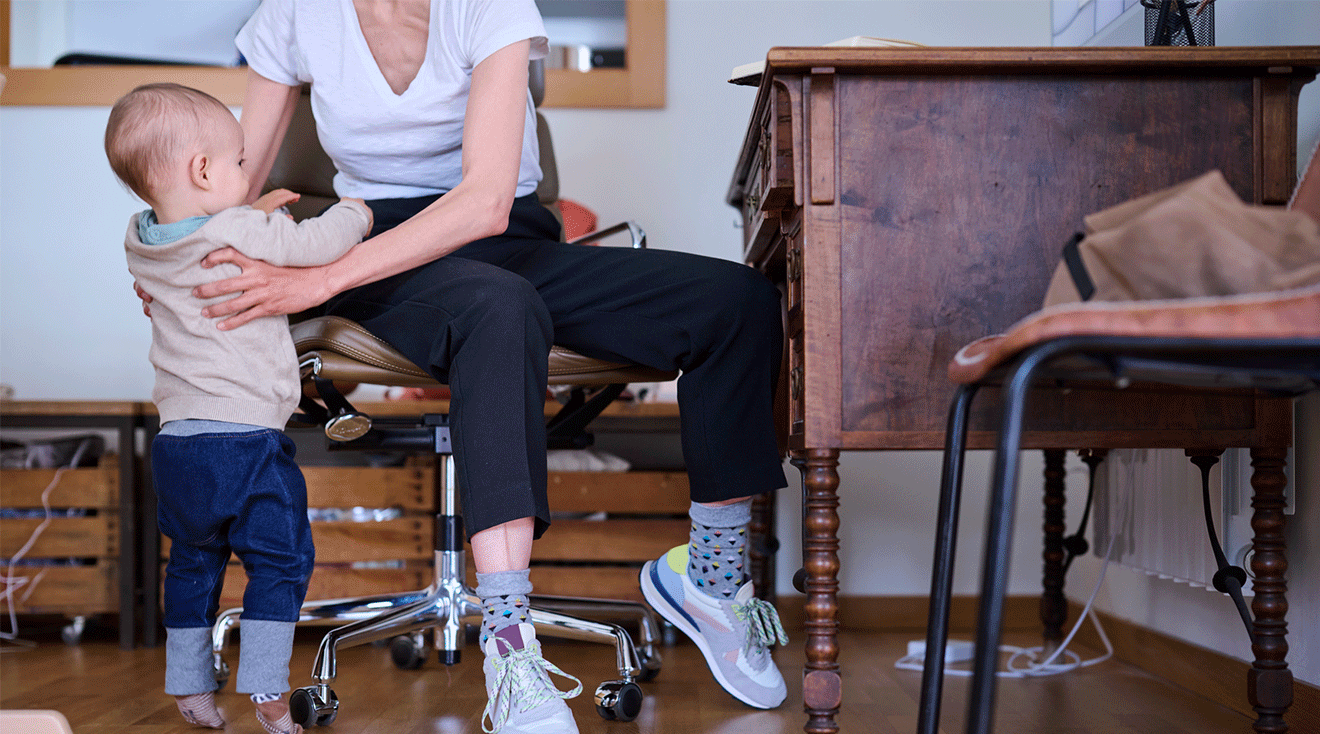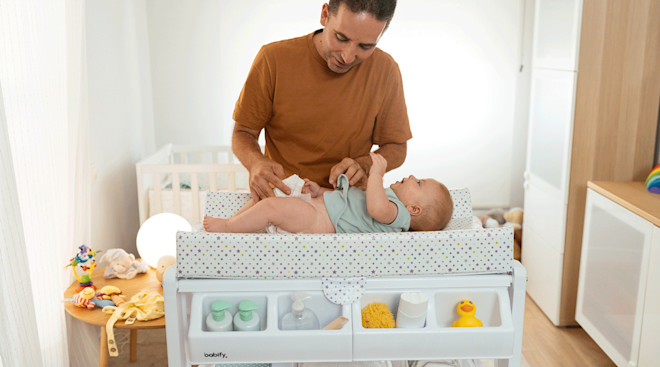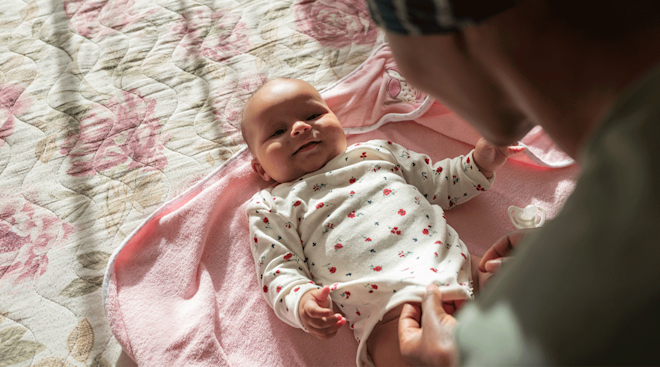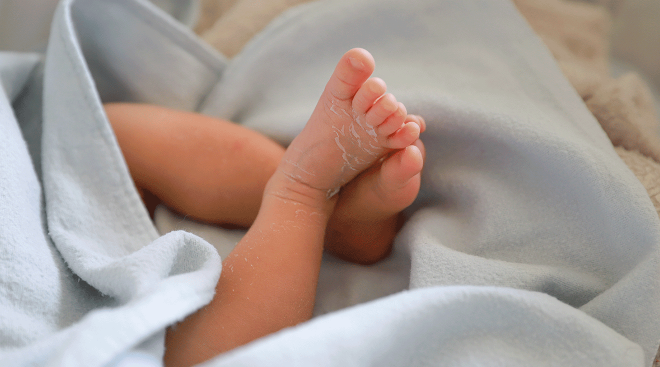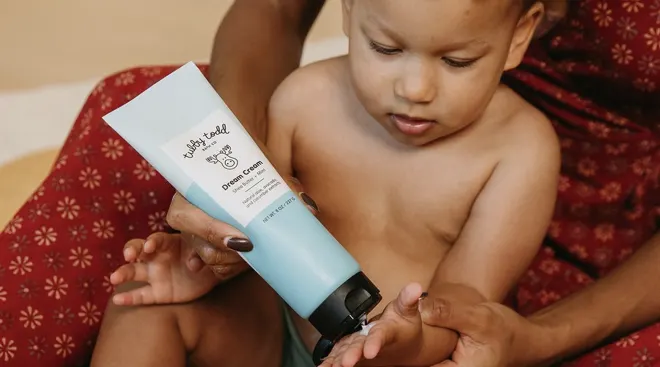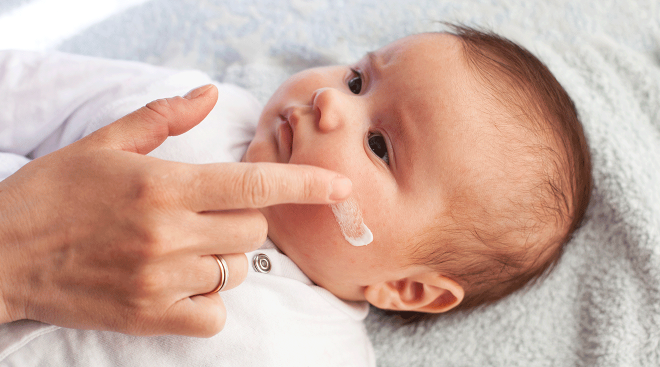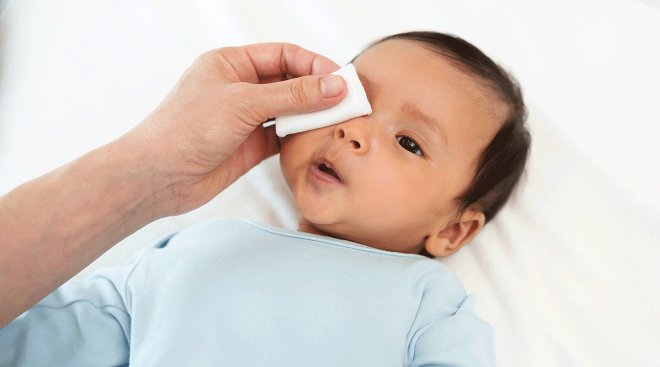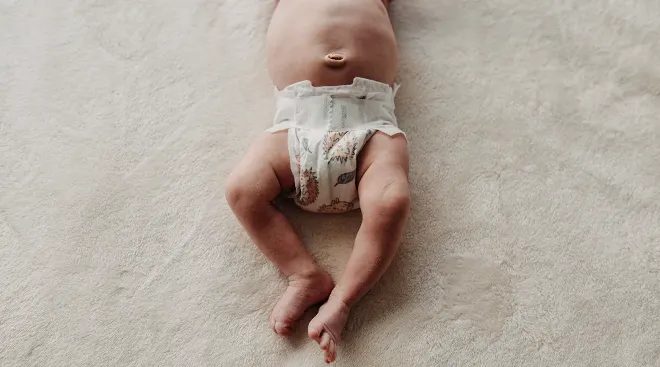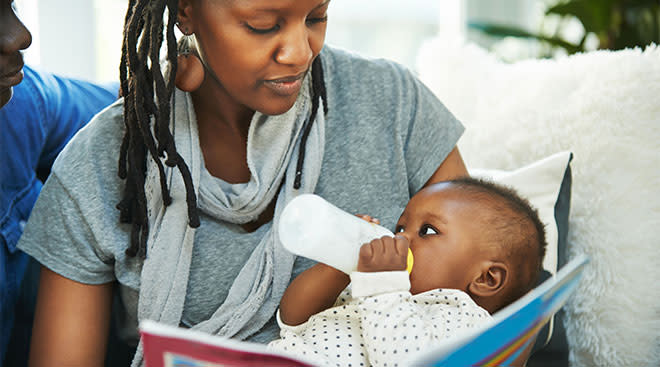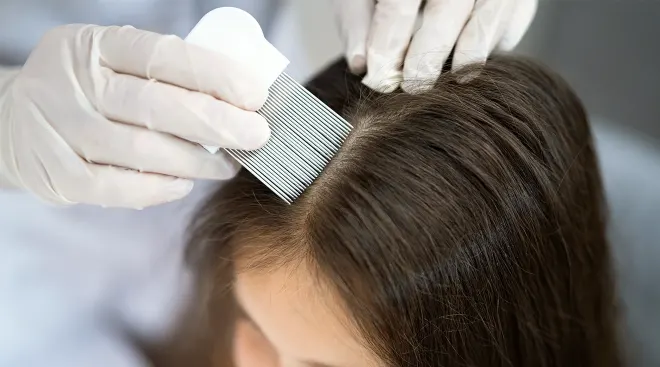What Is Mommy Wrist? (and How to Get Relief)
You pick baby up, put baby down, change their diaper and contort yourself into all sorts of unnatural positions to feed them or put them in the car seat or transfer them into their crib without—goodness forbid!—waking them from a peaceful slumber. It’s no surprise that caring for your budding heavyweight 24/7 comes with its own set of challenges, aches and pains. So if you’re new to this whole parenting gig and suddenly find yourself massaging your sore hands and fingers, know that this is common among caretakers. Yes, Mommy wrist—sometimes referred to as mommy thumb—is very uncomfortable but very common. Here’s what causes this annoying affliction, plus tips and exercises to get relief from mommy wrist pain.
Mommy wrist—more formally known as de Quervain tenosynovitis—is a type of tendonitis in the wrist. It’s a common affliction among new caregivers (hence the more colloquial name).
Whatever you call it, this form of tendonitis refers to inflammation of the connective tissues (tendons) between your muscles and bones. It usually happens after constant repetitive movement and can cause soreness and pain. In the case of mommy wrist, the pain is usually on the thumb side of the wrist, and it’s a result of overuse of the thumb muscles. It can cause pain at all times, especially when using the thumb muscles. (This is also why it’s sometimes referred to as mommy thumb.)
Mommy wrist or mommy thumb is caused by too repetitive motion of the thumb muscles. “Mommy wrist is typically the result of lifting and carrying babies, repetitive gripping, repetitive motion of your hand in awkward positions and, in some cases, hormone changes you can’t avoid in the postpartum stage that affect ligament and tissue laxity,” explains Milica McDowell, MS, DPT, MSPT, vice president of operations at Gait Happens.
Supporting baby’s head or neck, feeding them and carrying heavy car seats can all also contribute to mommy wrist. It’s also worth noting that mommy wrist isn’t exclusive to moms. In other words, daddy wrist or nanny wrist can happen too.
Mommy wrist or thumb can be painful and uncomfortable, and it can make going about routine tasks a bit more difficult. The below symptoms may point to this condition:
- Pain and tenderness on the thumb side of the wrist, usually at the bottom of the thumb and wrist area
- Pain on the wrist that gets worse with strong gripping, heavy lifting, or twisting motions
- Clicking or snapping sounds in the wrist, or a snap sensation that occurs when moving the thumb
- Mild to moderate swelling where the thumb meets the wrist
- A weakened grip
- Tingling on the hand
The good news is that mommy wrist is treatable and will improve as long as you address the issue. The bad news? The recommended course of action can sometimes seem impossible for new moms—because the best thing you can do for mommy wrist or thumb is rest. “Any tendonitis is the body telling you you’re overdoing it,” McDowell says. “Unfortunately for mamas, many of the repetitive tasks that cause this irritation are hard to avoid without some specific attention to your movement patterns and upper body and core strength.” It’s hard to simply stop doing the things causing the pain when those same things are literally how you care for a child.
Since moms often can’t just stop using their hands, McDowell says she recommends changing body mechanics and gripping movements. Some tips include:
- Keeping your wrist in a neutral position before picking up anything heavy. “Think like you’re about to shake someone’s hand,” McDowell explains.
- Carrying car seats and baby with both hands, so they can share the gripping load.
- Making a point to carry things on both sides of your body to give each wrist a break.
- Working on improving posture in your shoulder muscles, which McDowell says can strengthen the shoulder girdle. She adds, “This offloads stress down the biomechanical chain into the wrist and hand.”
- Asking a partner or family member for help with any repetitive task they’re able to assist with.
- Trying red light therapy or kinesio tape which McDowell says may be helpful in reducing inflammation.
- Splinting and icing the wrist, which may reduce inflammation.
- Taking anti-inflammatory medications or asking your doctor about corticosteroid injections
- Engaging your core to help when lifting will reduces stress on the wrists, McDowell explains.
In addition to changing up your movements and routine, McDowell recommends going to an upper extremity trained physical or occupational therapist to learn a few key exercises. Here, a few they may recommend:
Wrist flexor stretch. Keep your elbow straight, and flex your hand with fingers pointed upward. “Hold 20-30 seconds and repeat three times,” advises Devin Trachman, PT, DPT, MTC, clinic director at Physical Therapy Central in Edmond, Oklahoma.
Wrist circles. “Roll your wrist clockwise for 30 seconds and then reverse and roll counterclockwise for 30 seconds,” Trachman suggests.
Finklestein’s test stretch. Hold your arm out straight with your thumb up. “Tuck your thumb into a fist and pull down with other fingers until you feel a stretch on top of your thumb,” Trachman says. “Hold 20 to 30 seconds, and repeat three times.”
Add lightweight dumbbells. Trachman advises incorporating 1 to 3 lb dumbbells into wrist exercises. Hold the dumbbell with your hand off the edge of a table with your palm facing the floor and lift your wrist up). Also try holding the dumbbell with your palm facing toward you and tip your wrist upward.
Ball squeezes. Squeeze a foam ball for two minutes, focusing on the thumb pushing inward.
Towel twists. Grip a towel and twist it like you are wringing it out. Trachman suggests doing three sets of 10 in each direction
Postural exercises. Pull back your shoulders and hold them in the ideal posture for 10 to 15 seconds; repeat 10 times.
There’s no exact timeline for long mommy wrist or thumb will last. “Mild cases can improve within a few weeks with rest, modifications, ice and prescription anti-inflammatory medications from a physician,” McDowell says. Moderate cases can improve in several weeks to months, while more severe cases may require surgical intervention.
In some instances, mommy wrist can go away as your hormone levels return to normal, McDowell says. She adds that it can also improve as baby gets older and the repetitive movements associated with caring for your little one become less frequent. That said, she reminds parents that babies only get heavier, so it’s important to be aware of the issue and make modifications, as needed.
Please note: The Bump and the materials and information it contains are not intended to, and do not constitute, medical or other health advice or diagnosis and should not be used as such. You should always consult with a qualified physician or health professional about your specific circumstances.
Plus, more from The Bump:
Milica McDowell, MS, DPT, MSPT, is a doctor of physical therapy. She serves as vice president of operations at Gait Happens in Bozeman, Montana.
Devin Trachman, PT, DPT, MTC, is a doctor of physical therapy. She serves as clinic director at Physical Therapy Central in Edmond, Oklahoma.
Learn how we ensure the accuracy of our content through our editorial and medical review process.
Navigate forward to interact with the calendar and select a date. Press the question mark key to get the keyboard shortcuts for changing dates.
































